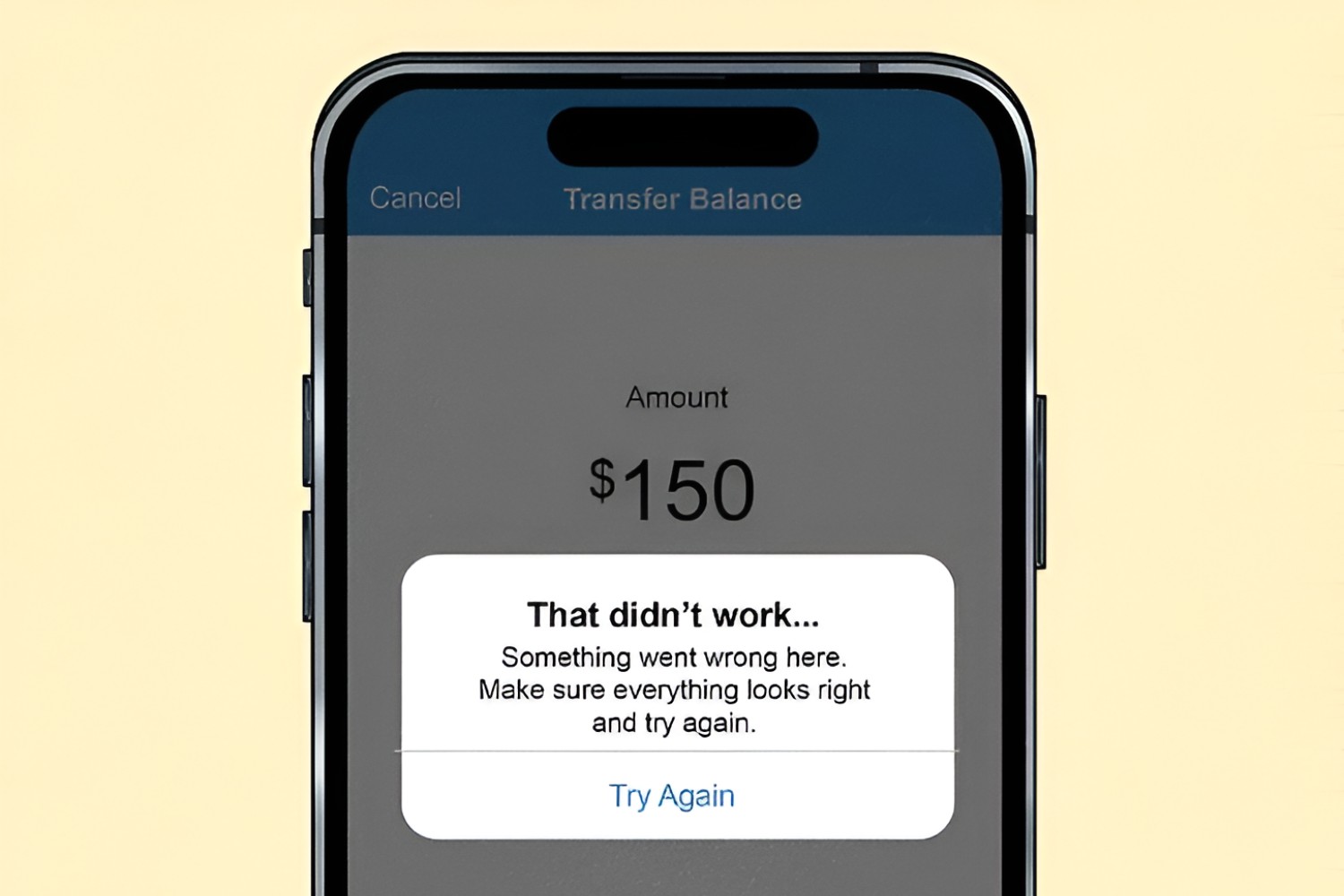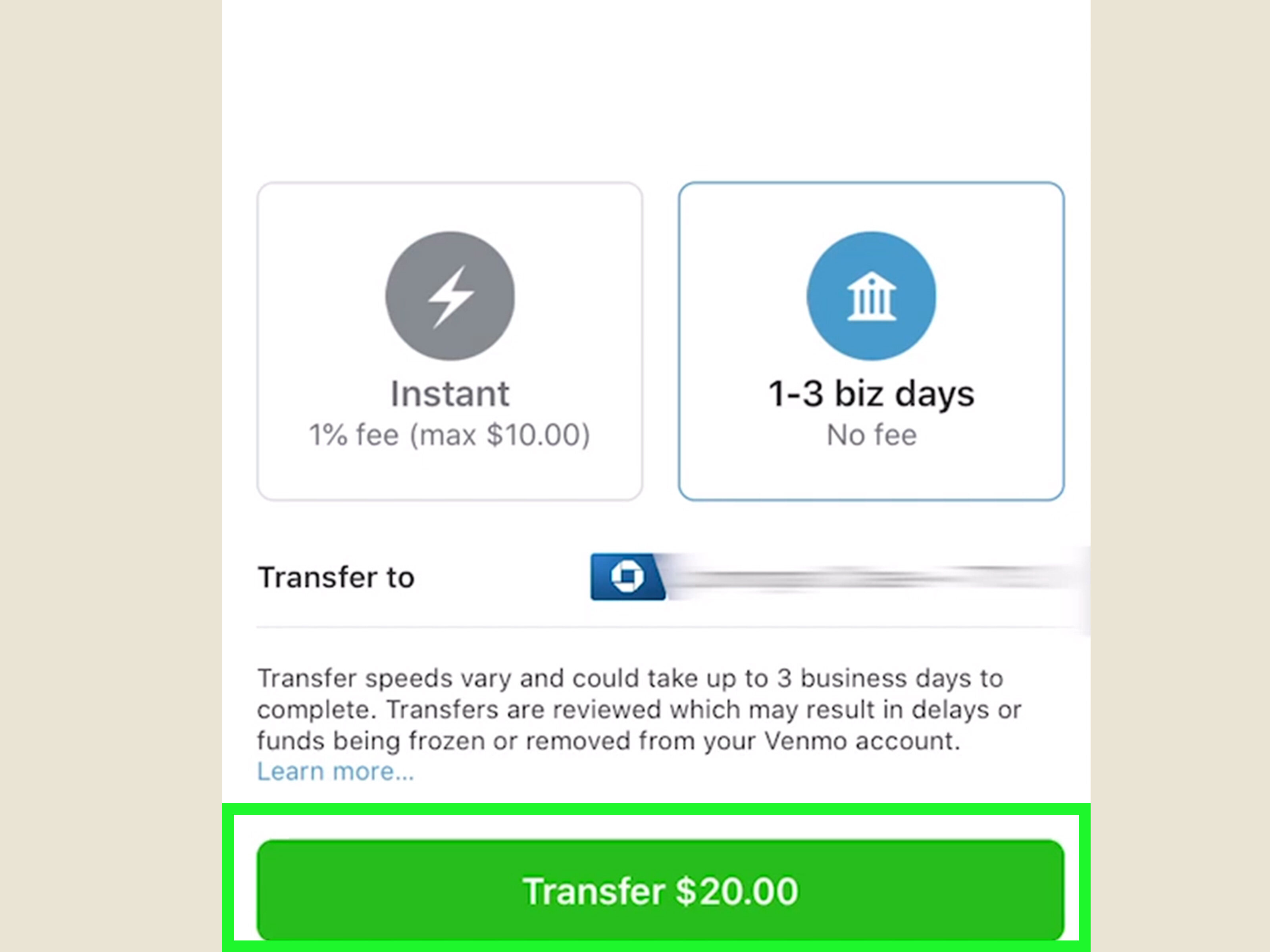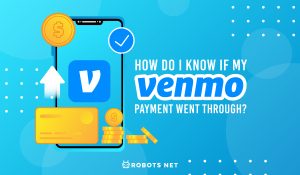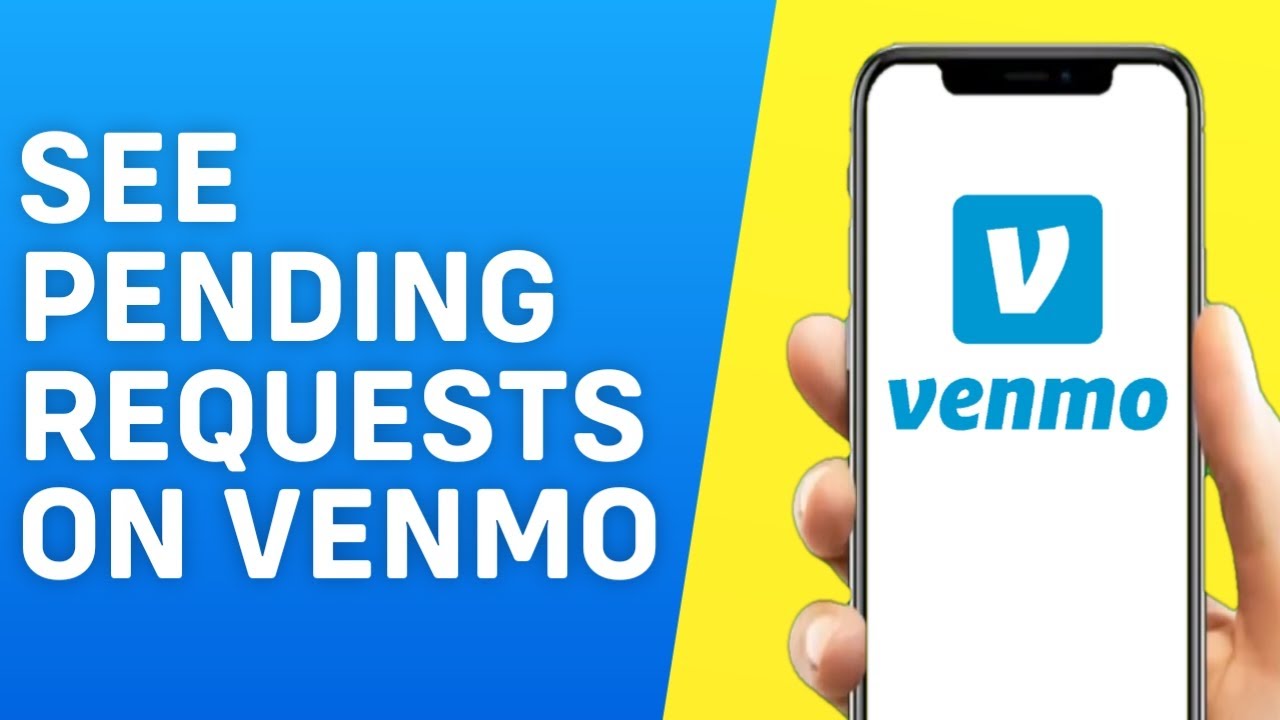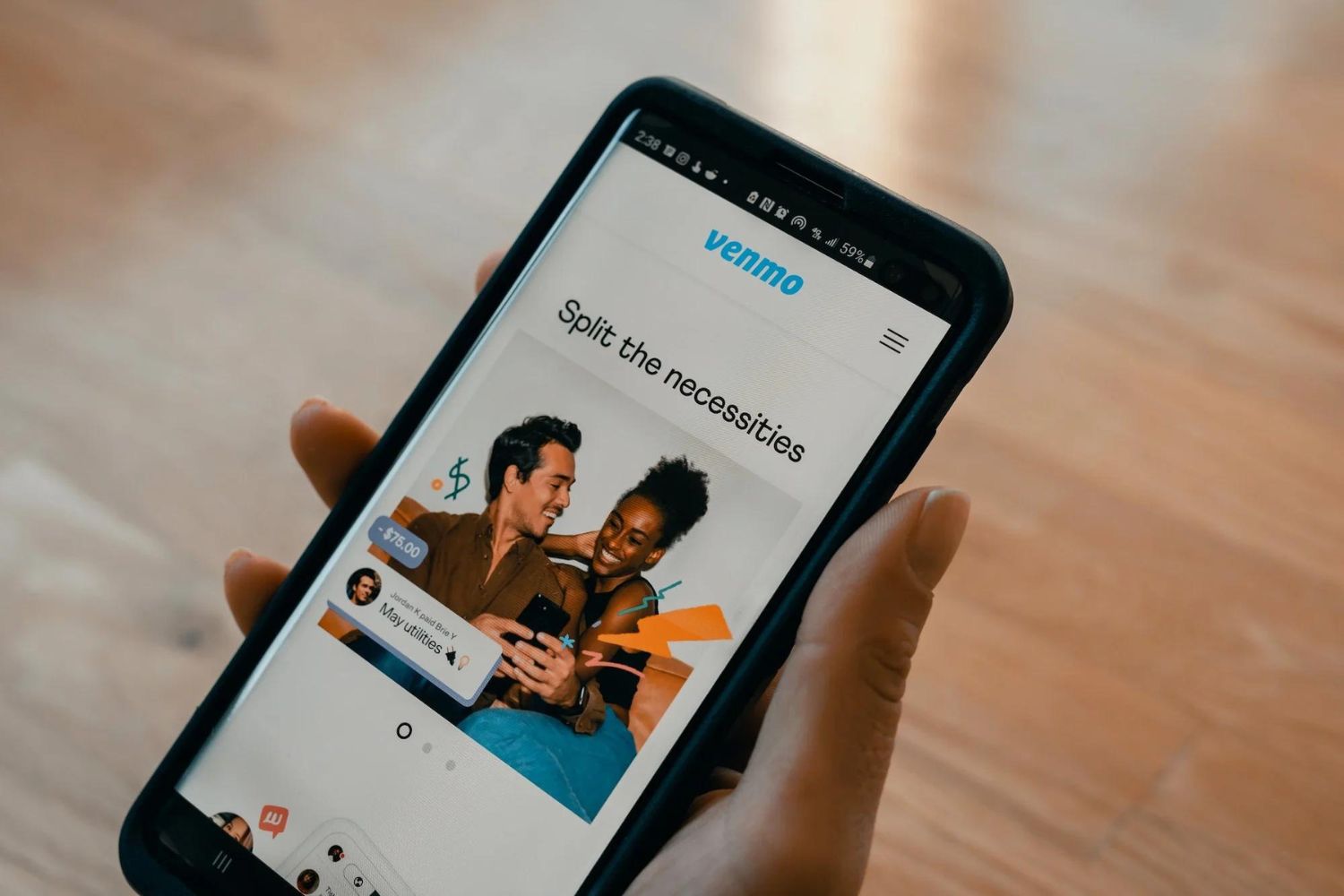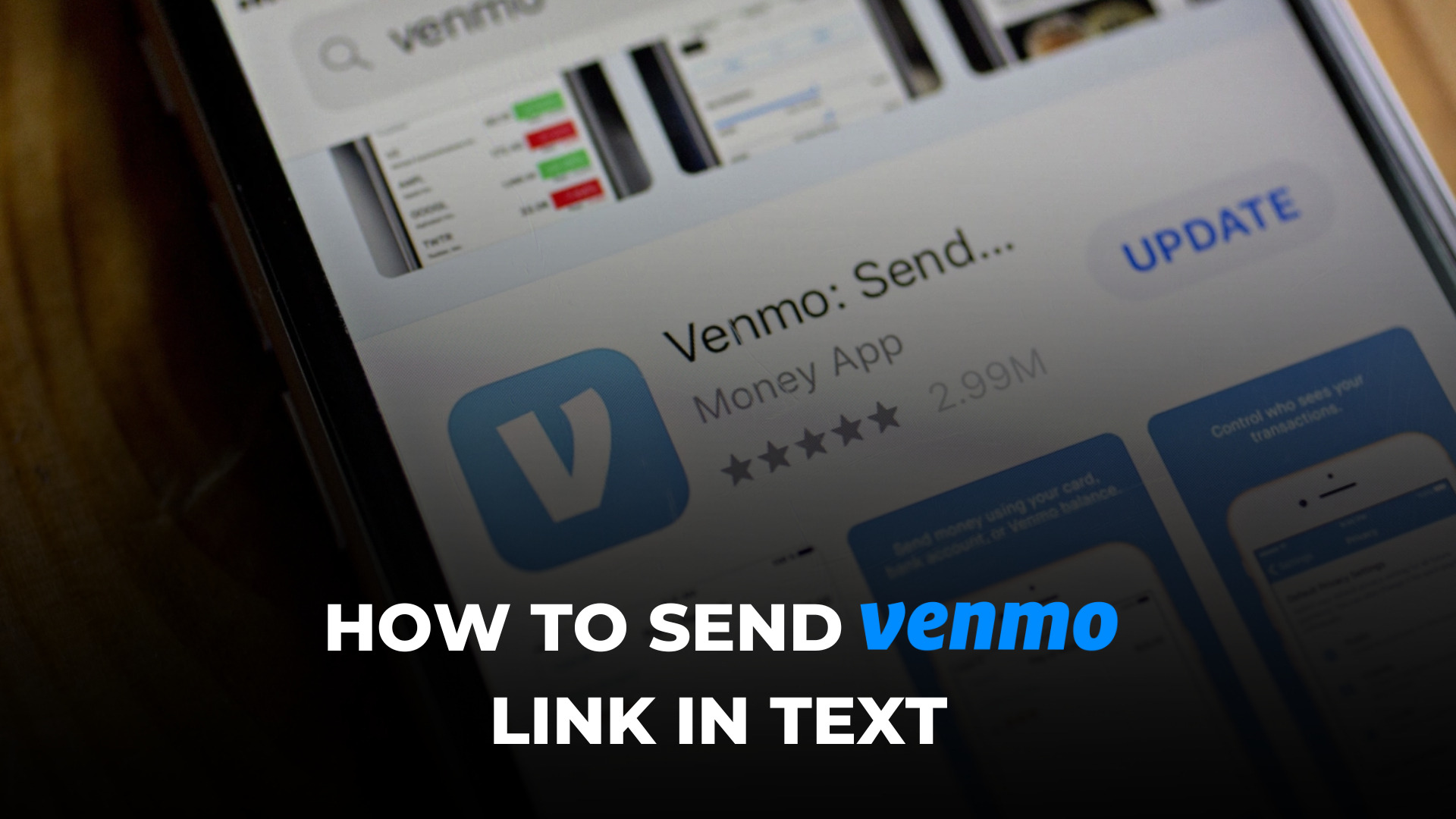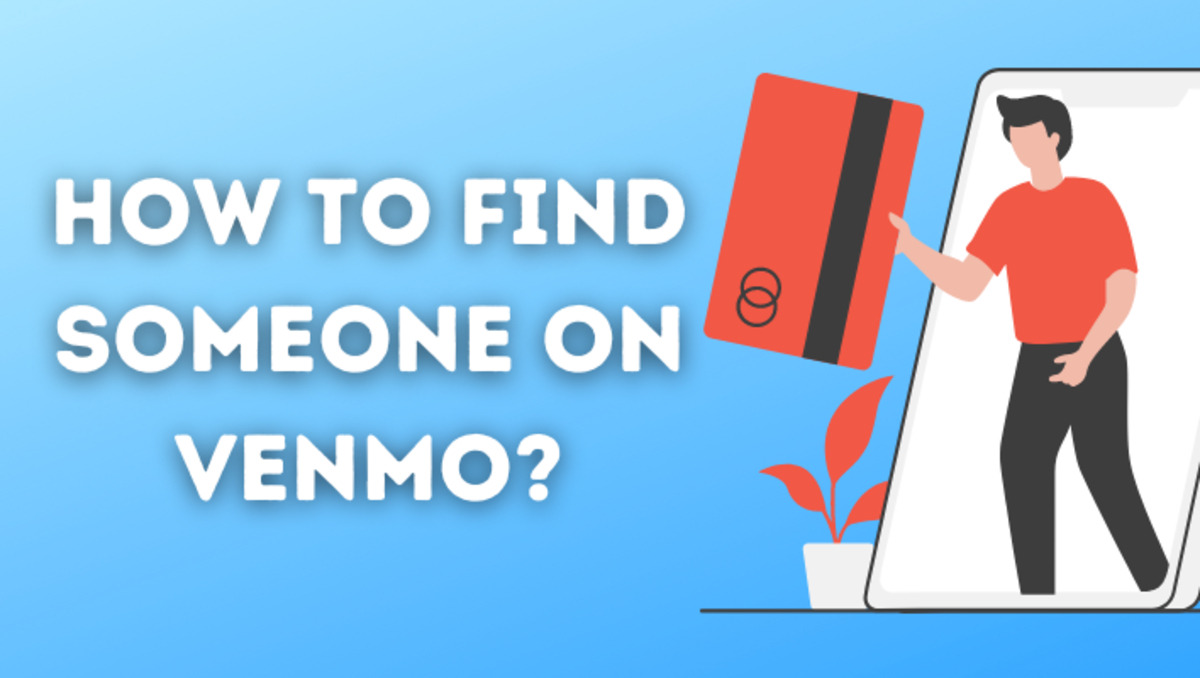Introduction
Venmo is a popular peer-to-peer payment platform that has revolutionized the way we exchange money with friends, family, and even merchants. With its user-friendly interface and seamless integration with our digital lives, it’s no surprise that Venmo has become a go-to payment method for many individuals.
However, like any other platform, Venmo can encounter certain hiccups that may prevent you from making payments to someone. If you’ve found yourself unable to pay someone on Venmo and are wondering why, don’t worry – you’re not alone. In this article, we will explore some common reasons behind this issue and provide you with guidance on how to resolve it.
One of the primary reasons why you may be unable to pay someone on Venmo is due to error messages that pop up during the payment process. These messages can range from simple notifications to more detailed alerts that require further action on your part.
Another common limitation is reaching your payment threshold. Venmo sets certain limits on the amount of money you can send to someone within a specific timeframe. These limits can vary depending on your account’s verification status and history with Venmo.
Insufficient funds in your Venmo balance or linked bank account or card can also be a hurdle to making payments. Venmo relies on funding sources to transfer money, so it’s essential to ensure you have enough money available before attempting a payment.
Venmo takes security seriously, and if it detects any suspicious activity on your account, it may temporarily suspend your ability to make payments. This is to protect you and prevent unauthorized transactions from taking place.
Verification issues can also crop up, especially if you’re a new user or if you’ve made changes to your account information. Venmo may require additional verification steps to confirm your identity and ensure the security of your transactions.
Additionally, problems related to your linked bank account or card can arise. These issues may include expired or invalid payment methods or a mismatch between the account information on Venmo and your financial institution’s records.
Finally, technical glitches can occur on the Venmo platform itself, causing disruptions in the payment process. These glitches can range from temporary outages to more persistent bugs that require intervention from Venmo’s technical support team.
Now that we’ve explored some of the common reasons why you may be unable to pay someone on Venmo, the next section will provide actionable steps on how to resolve these issues and get back to effortlessly making payments.
Venmo Error Messages
While using Venmo, you may encounter various error messages that can hinder your payment process. These messages are designed to provide clarification and guidance regarding any potential issues that need to be addressed.
If you receive an error message stating “Payment Failed” or “Payment Could Not Be Completed,” it typically indicates an issue with your funding source. Double-check that you have sufficient funds available in your Venmo balance, linked bank account, or credit card. Ensure that your primary funding source is linked and verified within the Venmo app.
Another common error message you may come across is “Payment Declined.” This message usually appears when your linked bank account or credit card is unable to authorize the transaction. It could be due to insufficient funds, a temporary hold on your account, or a security block from your financial institution. In such cases, you should contact your bank or card issuer to resolve the issue.
Occasionally, you might encounter the “Payment Incomplete” error message. This can happen if your Venmo account triggers security protocols or if there are connectivity issues during the transaction. To address this, try closing and reopening the app, ensuring you have a stable internet connection, and attempt the payment again.
If you receive an error message that states “Incomplete Information,” it means that some required fields or details were not filled out correctly. Ensure that you’ve entered the recipient’s correct username or email address and that the payment amount is accurate. Double-check all relevant information before retrying the payment.
Alternatively, you might encounter an error message that says “Transaction Already Processed.” This typically occurs when you attempt to resend a payment that has already been successfully processed. Confirm the recipient’s payment history and determine if the payment went through. If it did, there’s no need to resend it.
In certain situations, you may receive error messages such as “Transaction Limit Exceeded” or “Payment Limit Reached.” Venmo imposes limits on the amount of money you can send or receive within specific timeframes, depending on your account verification status. To address this, consider verifying your account or wait until your limits reset before attempting the transaction again.
Remember, error messages are meant to guide you in resolving issues and ensuring the smooth processing of your payment. Carefully read and follow the instructions provided within the error message to address the underlying problem.
Now that we’ve explored some of the common error messages you may encounter on Venmo, let’s move on to the next section where we’ll discuss payment limitations and how to overcome them.
Payment Limitations
One common reason why you may be unable to pay someone on Venmo is due to payment limitations set by the platform. These limitations are determined based on factors such as your account verification status and transaction history.
Venmo sets certain limits on the amount of money you can send to someone within specific timeframes. These limits are in place to protect users and prevent fraud or unauthorized transactions. As a new Venmo user, you may have lower limits initially, which can increase as you establish a positive transaction history.
To check your payment limits, you can navigate to the “Settings” section within your Venmo app and select “Payment Limits.” Here, you’ll be able to see your current limits and any steps you need to take to increase them.
If you’ve reached your payment limit, you won’t be able to complete the payment until the limit resets. The reset timeframe can vary depending on your account status and history. In such cases, you can either wait until the limit resets or consider verifying your account to potentially raise your payment limits.
Verifying your Venmo account not only helps increase your payment limits but also adds an extra layer of security to your transactions. To verify your account, you may need to provide additional information such as your full legal name, date of birth, and social security number. Venmo uses this information to confirm your identity and enhance the safety of your payments.
Keep in mind that increasing your payment limits through verification is subject to Venmo’s approval process. It’s important to provide accurate and up-to-date information to avoid potential delays or complications.
If you’ve reached your payment limit and need to make an urgent payment, you have a few options. One workaround is to split the payment into multiple smaller transactions that fall within your current limits. Another option is to use an alternative payment method, such as a different linked bank account or credit card, if available.
Understanding and managing your payment limitations on Venmo is crucial to ensure a smooth payment experience. Regularly monitor your account limits and consider verifying your account to potentially increase your payment capabilities.
Now that we’ve discussed payment limitations, let’s explore other possible reasons why you may be unable to pay someone on Venmo, such as insufficient funds or suspicious activity.
Insufficient Funds
One of the most common reasons why you may be unable to pay someone on Venmo is due to insufficient funds. Venmo relies on the availability of funds in your Venmo balance or linked bank account or credit card to complete transactions.
To check your Venmo balance, open the Venmo app and navigate to the home screen. Here, you’ll see your current balance displayed. If your balance is low or zero, you’ll need to add funds to your Venmo account to make a payment.
There are a few different ways you can add funds to your Venmo balance. The most straightforward method is to link and transfer money from your linked bank account. To do this, go to the “Settings” section in the Venmo app, select “Payment Methods,” and choose “Add a bank account.” Follow the prompts to link your account and initiate a transfer.
Alternatively, you can add funds to your Venmo account by receiving payments from friends or family. When someone sends you money on Venmo, it will be added to your Venmo balance, which you can then use to make payments to others.
If your Venmo balance is sufficient, but you still encounter issues making a payment, it’s possible that there isn’t enough money in your linked bank account or credit card. Venmo will attempt to withdraw from your linked funding source if your Venmo balance is insufficient. Ensure that you have enough funds available in your linked bank account or credit card to complete the transaction.
If you have multiple funding sources linked to your Venmo account, make sure you select the correct one when making a payment. Sometimes, users may unintentionally choose the wrong funding source, leading to payment failures due to insufficient funds.
Regularly monitoring your Venmo balance and linked funding sources can help you avoid issues with insufficient funds. It’s important to ensure that you have enough funds available before initiating a payment on Venmo.
Now that we’ve covered insufficient funds as a possible reason for payment failure on Venmo, let’s move on to exploring another potential cause: suspicious activity.
Suspicious Activity
If Venmo detects any suspicious activity or potential security risks associated with your account, it may temporarily disable your ability to make payments. This is done to protect your account and prevent unauthorized transactions.
Suspicious activity can include unusual spending patterns, multiple failed payment attempts, or any behavior that deviates from your typical usage. Venmo uses advanced security measures and algorithms to detect and prevent fraudulent transactions, ensuring the safety and integrity of its users’ accounts.
If your account has been flagged for suspicious activity, you may receive an email or notification from Venmo explaining the situation. In such cases, it’s crucial to carefully review the provided instructions and follow any necessary steps to resolve the issue.
One common step to address suspicious activity is to verify your identity. Venmo may request additional information or documentation to confirm that you are the legitimate account holder. This can include providing a copy of your identification documents or answering security questions.
To verify your identity, go to the “Settings” section in the Venmo app and select “Verify Identity.” Follow the prompts and provide the required information accurately and promptly. Once your identity has been successfully verified, your payment capabilities should be restored.
If you believe that your account has been flagged for suspicious activity erroneously, or if you need further assistance in resolving the issue, you can contact Venmo’s customer support. They will guide you through the necessary steps to regain access to your payment functionality.
It’s important to note that while Venmo’s security measures are in place to protect your account, it’s always a good practice to review your account activity regularly. Monitor your transactions, report any unauthorized charges or suspicious behavior, and ensure that your login credentials and device security are up to date.
By actively managing the security of your Venmo account and promptly addressing any suspicious activity, you can help ensure a safe and uninterrupted payment experience.
Now that we’ve explored the potential impact of suspicious activity on your Venmo payment capabilities, let’s proceed to discuss another common issue: verification problems.
Verification Issues
Verification issues can arise when using Venmo, particularly if you’re a new user or if you’ve made changes to your account information. Venmo’s verification process is designed to verify your identity and ensure the security of your transactions.
If you’re experiencing verification problems, it’s essential to understand the specific issue at hand. Venmo may require additional steps or documentation to verify your identity, such as providing a photo of your government-issued ID or answering security questions.
To resolve verification issues, start by reviewing any notifications or messages you may have received from Venmo. These messages often contain instructions on how to address the verification problem and regain access to your payment capabilities.
If you haven’t received any notifications, you can proactively initiate the verification process by going to the “Settings” section in the Venmo app and selecting “Verify Identity.” Follow the provided instructions and provide the necessary information accurately and thoroughly.
It’s crucial to ensure that the information you provide during the verification process matches the details associated with your Venmo account. Any discrepancies or inconsistencies can result in delays or further verification requests.
In some cases, Venmo may require additional verification steps, such as confirming the ownership of a linked bank account or completing a two-factor authentication process. These measures help enhance the security of your account and prevent unauthorized access.
If you’re still encountering verification issues after following the provided instructions, it’s recommended to reach out to Venmo’s customer support. They will be able to assist you further, clarify any requirements, and guide you through the verification process.
Remember, the verification process is in place to protect you and ensure the security of your transactions on Venmo. By promptly addressing any verification issues you encounter, you can regain access to your payment capabilities and continue using Venmo hassle-free.
Now that we’ve covered verification issues, let’s move on to discuss problems that can arise due to bank account or card issues.
Bank Account or Card Issues
Bank account or card issues can often be the root cause of payment problems on Venmo. These issues can range from expired or invalid payment methods to discrepancies between the account information on Venmo and your financial institution’s records.
If you’re encountering bank account or card issues, the first step is to ensure that your linked payment method is valid and up to date. Check the expiration date of your linked cards and update them if necessary.
You can review and manage your linked payment methods by going to the “Settings” section in the Venmo app and selecting “Payment Methods.” Here, you can add, remove, or update your bank account and card details as needed.
In some cases, the payment method might be valid, but there could be a mismatch between the account information on Venmo and what your financial institution has on file. To address this, double-check the account details you’ve provided on Venmo and compare them with the actual information and formatting required by your bank or card issuer.
If you suspect that the issue lies with your bank account, verify that the account is active, not closed, and in good standing. You may need to contact your financial institution to address any issues or discrepancies and ensure that your bank account is compatible with Venmo.
Occasionally, Venmo may encounter connectivity problems or encounter errors while trying to communicate with your bank or card issuer. If this happens, it’s advisable to wait for a while and attempt the payment again. In many cases, the issue is temporary and can be resolved by giving it some time.
If you’ve recently changed your bank account or card details, make sure to update the information within Venmo promptly. Failure to update your payment methods can result in payment failures or erroneous transactions.
If you’ve checked all the above possibilities and are still unable to make a payment, it’s recommended to contact Venmo’s customer support. They will be able to analyze the issue and provide specific guidance based on your situation, helping you resolve any bank account or card-related problems.
By ensuring that your bank account or card information is valid, up to date, and accurately matched with Venmo’s records, you can avoid payment issues and make seamless transactions on the platform.
Now that we’ve discussed bank account or card issues, let’s move on to the final section, which covers possible technical glitches that can affect Venmo’s payment process.
Technical Glitches
Technical glitches can occasionally occur on the Venmo platform, causing disruptions in the payment process. These glitches can range from temporary outages to more persistent bugs that require intervention from Venmo’s technical support team.
If you encounter technical glitches while making a payment on Venmo, the first step is to ensure that it’s not a transient issue. Try closing the Venmo app or refreshing the page if you’re using the web version, and attempt the payment again.
If the problem persists, it’s advisable to check for any updates available for the Venmo app. Developers often release updates to address bugs and improve the overall performance of the application. Updating to the latest version of the app can potentially resolve any technical glitches you’re experiencing.
Another useful troubleshooting step is to clear the cache and cookies of the Venmo app or website. Accumulated data can sometimes interfere with the app’s functionality, and clearing the cache can provide a clean slate for the app to function properly.
If you’re still encountering technical glitches, it’s important to report the issue to Venmo’s technical support team. They have dedicated resources to investigate and fix any technical problems that users may encounter.
To reach out to Venmo’s technical support, you can visit their website or access the support contact option within the Venmo app. Be sure to provide as much detail as possible about the issue you’re facing, including any error messages or screenshots that can help the team troubleshoot the problem more effectively.
Venmo’s technical support team will work to resolve the issue or provide you with guidance on how to proceed. They may request additional information or provide you with updates on the progress of resolving the glitch.
It’s important to remember that technical glitches can happen to any online platform, and Venmo is no exception. By promptly reporting any technical issues you encounter, you contribute to improving the overall user experience and help Venmo’s team in maintaining a reliable and efficient payment system.
Now that we’ve discussed technical glitches, let’s move on to the final section of this article, where we’ll explore how to resolve the issues discussed throughout the article and get back to effortlessly making payments on Venmo.
How to Resolve the Issue
Resolving payment issues on Venmo requires a systematic approach to address each specific problem. By following these steps, you can troubleshoot and overcome the obstacles preventing you from making payments on Venmo:
- Review error messages: Carefully read and understand any error messages you receive during the payment process. Error messages often provide guidance on what went wrong and how to resolve the issue.
- Check payment limitations: Verify if you’ve reached your payment limits within the specified timeframes. Consider verifying your account to potentially increase your payment capabilities.
- Ensure sufficient funds: Check your Venmo balance and linked bank account or card to ensure that you have enough funds available. Add funds if necessary to complete the payment successfully.
- Address suspicious activity: If your account has been flagged for suspicious activity, follow the provided instructions to verify your identity and regain access to your payment capabilities.
- Resolve verification issues: If you’re experiencing verification problems, review any notifications or messages from Venmo. Proactively initiate the verification process and provide the required information accurately and thoroughly. Contact Venmo’s customer support for assistance if needed.
- Fix bank account or card issues: Ensure that your linked bank account or card is valid, up to date, and accurately matched with Venmo’s records. Update the information promptly and contact Venmo’s customer support for further assistance.
- Troubleshoot technical glitches: If you’re encountering technical issues, try closing and reopening the Venmo app, updating to the latest version, or clearing the cache and cookies. Report persistent glitches to Venmo’s technical support for resolution.
Remember, each issue requires specific steps, and it’s important to follow the appropriate troubleshooting process. If you’re unable to resolve the problem on your own, don’t hesitate to reach out to Venmo’s customer support. They are available to assist you in resolving any payment issues you may encounter.
By actively addressing and resolving the issues discussed in this article, you can get back to enjoying the seamless payment experience that Venmo offers.
Conclusion
Venmo is a convenient and widely-used platform for exchanging money, but occasionally, you may encounter issues that prevent you from making payments to someone. By understanding the common reasons behind these problems and following the appropriate steps to resolve them, you can overcome these hurdles and continue using Venmo effortlessly.
We explored various factors that can hinder your payments on Venmo, including error messages, payment limitations, insufficient funds, suspicious activity, verification issues, bank account or card problems, and technical glitches. Each of these issues requires specific actions to address them successfully.
When faced with error messages, carefully read and follow the provided instructions to resolve the issue. Regularly monitor and manage your payment limitations, verifying your account if needed, to expand your payment capabilities. Ensure you have sufficient funds in your Venmo balance or linked bank account or card to complete transactions smoothly.
If flagged for suspicious activity, follow the necessary steps to verify your identity and regain access to your payment functionality. Address verification issues promptly by reviewing notifications and proactively providing the required information. Update your bank account or card details and resolve any inconsistencies between Venmo and your financial institution’s records.
If the payment problem persists, report technical glitches to Venmo’s technical support, and follow their guidance. Through effective troubleshooting and communication, you can help resolve these glitches, contributing to an improved user experience on Venmo.
By following these steps, you can restore your ability to make payments on Venmo and continue enjoying the ease and convenience of this popular payment platform.
Remember, if you’re unable to resolve the issue on your own, Venmo’s customer support is there to assist you. Don’t hesitate to reach out to them for further guidance and solutions specific to your situation.
Now that you’re equipped with the knowledge to address payment issues on Venmo, go ahead and make those payments with confidence, knowing that you have the tools to overcome any obstacles that come your way.







